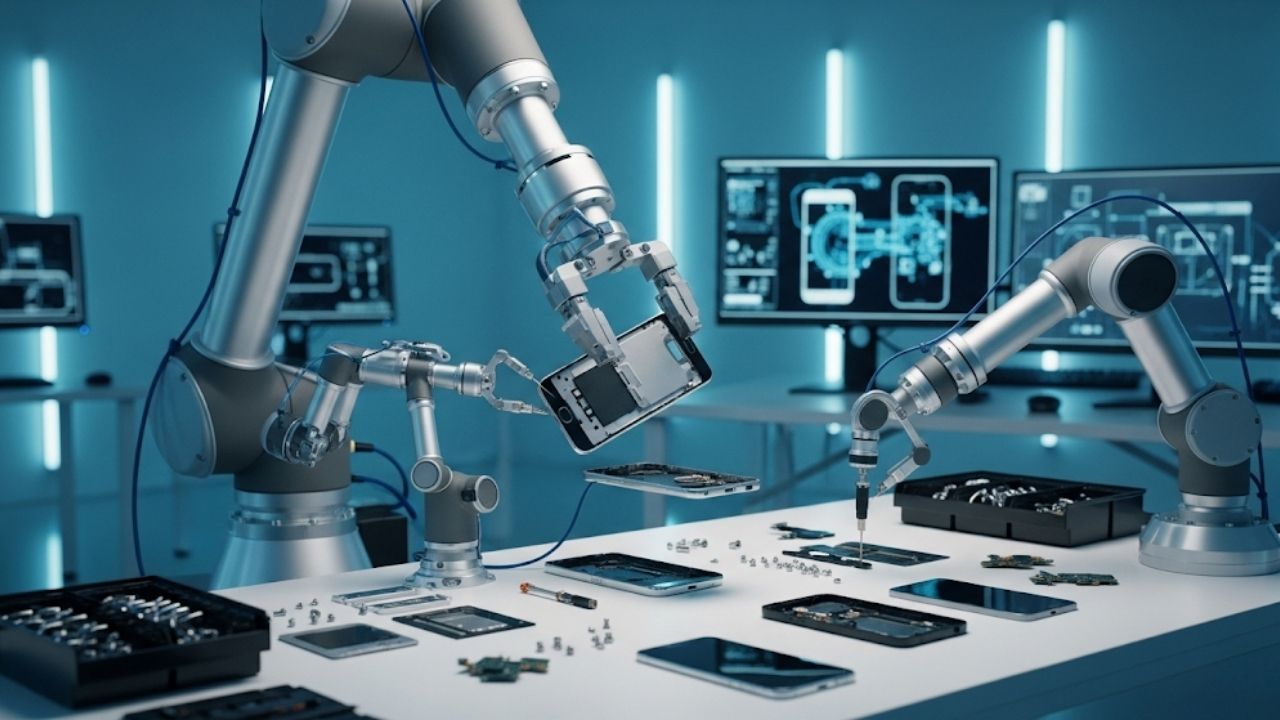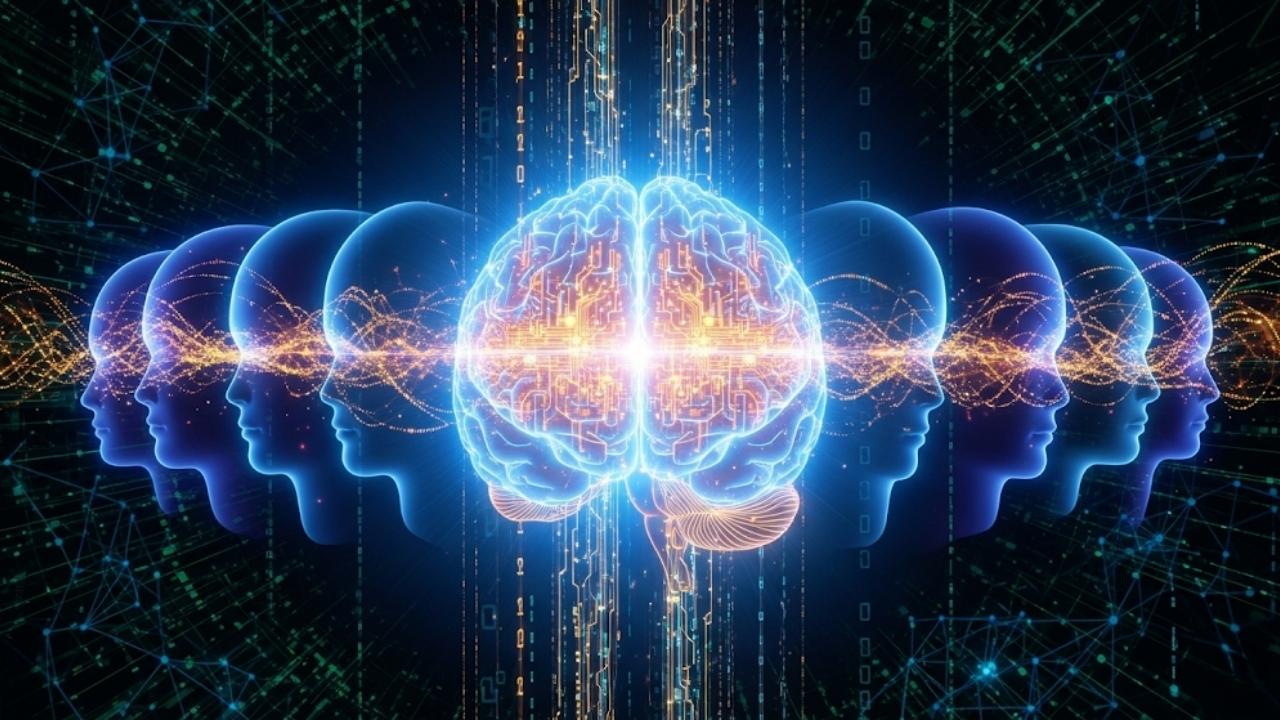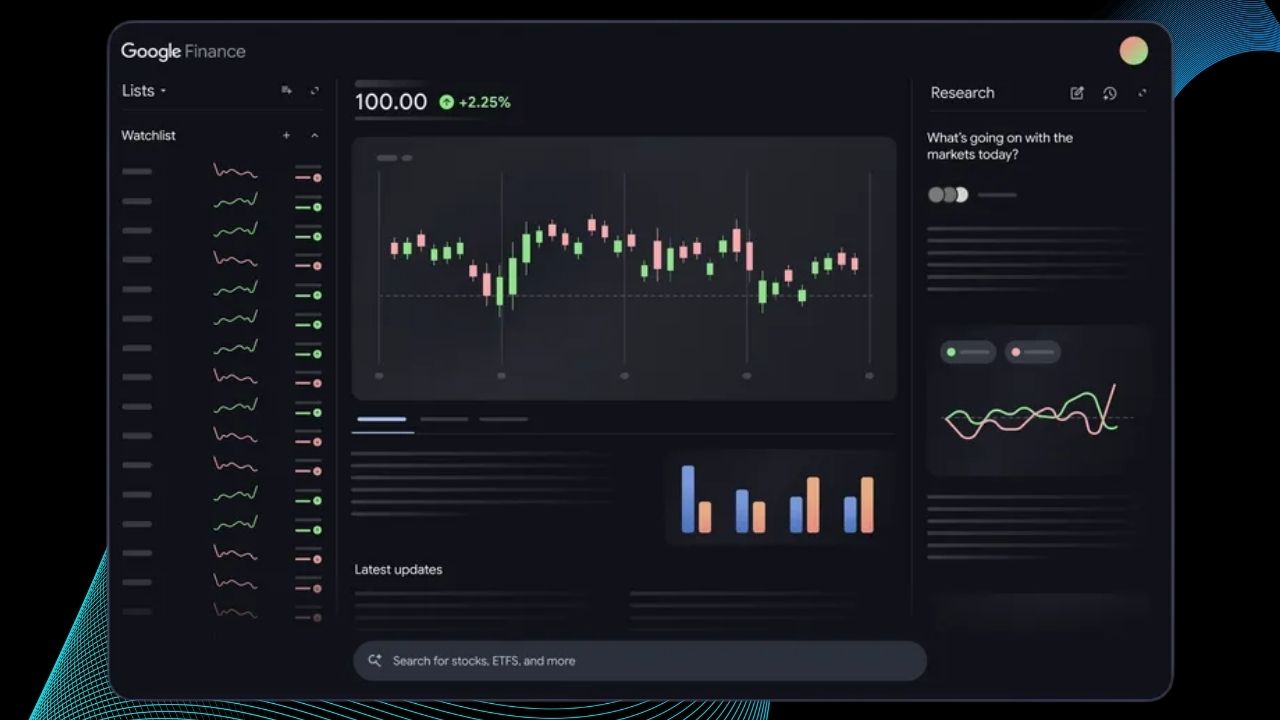Photonic Quantum Processors Show Enhanced Machine Learning Capabilities Even at Small Scale: The world of artificial intelligence (AI) is advancing at a breathtaking pace, but a new chapter is unfolding that could fundamentally reshape how machines learn and make decisions.
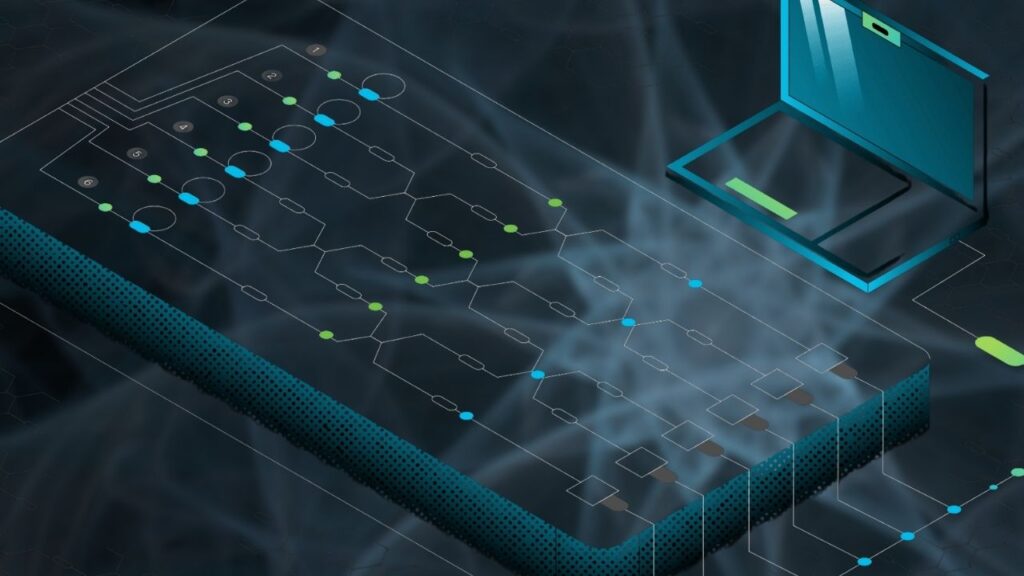
The phrase “photonic quantum processors show enhanced machine learning capabilities even at small scale” is not just a headline—it’s a signal that the future of computing is arriving faster than many expected. In this comprehensive guide, we’ll explore what photonic quantum processors are, how they’re boosting machine learning, and why their impact matters for everyone—from schoolchildren to CEOs.
Photonic Quantum Processors Show Enhanced Machine Learning Capabilities Even at Small Scale
| Feature/Fact | Details |
|---|---|
| Photonic Quantum Processors | Specialized chips that use photons (light particles) and quantum mechanics to process data, enabling new computational possibilities. |
| Breakthrough Demonstration | Small-scale photonic quantum chips have outperformed classical machine learning algorithms in real-world data classification tasks. |
| Energy Efficiency | Photonic processors can be 100x–1000x more energy efficient than traditional silicon chips, addressing AI’s growing energy demands. |
| Professional Impact | Potential to revolutionize AI, reduce operational costs in data centers, and enable advanced edge computing. |
| Official Resource | Nature Photonics Journal |
The advancement that photonic quantum processors show enhanced machine learning capabilities even at small scale is a landmark moment in the history of computing. These chips, powered by the speed and efficiency of light and the unique rules of quantum mechanics, are already outperforming classical systems in certain real-world tasks. Their promise of lower energy consumption, greater speed, and new computational possibilities makes them a key technology for the future of AI and sustainable computing.
Whether you’re a professional, student, or simply curious about the future, now is the time to engage with this exciting field. The quantum revolution is not just coming—it’s already here, and it’s lighting the way to a smarter, greener world.
Understanding Photonic Quantum Processors
What Are They?
Photonic quantum processors are a new breed of computers that use photons—tiny particles of light—to carry and manipulate information. Unlike conventional computers, which rely on electrons moving through silicon circuits, these processors harness the unique properties of light and the rules of quantum mechanics to perform calculations.
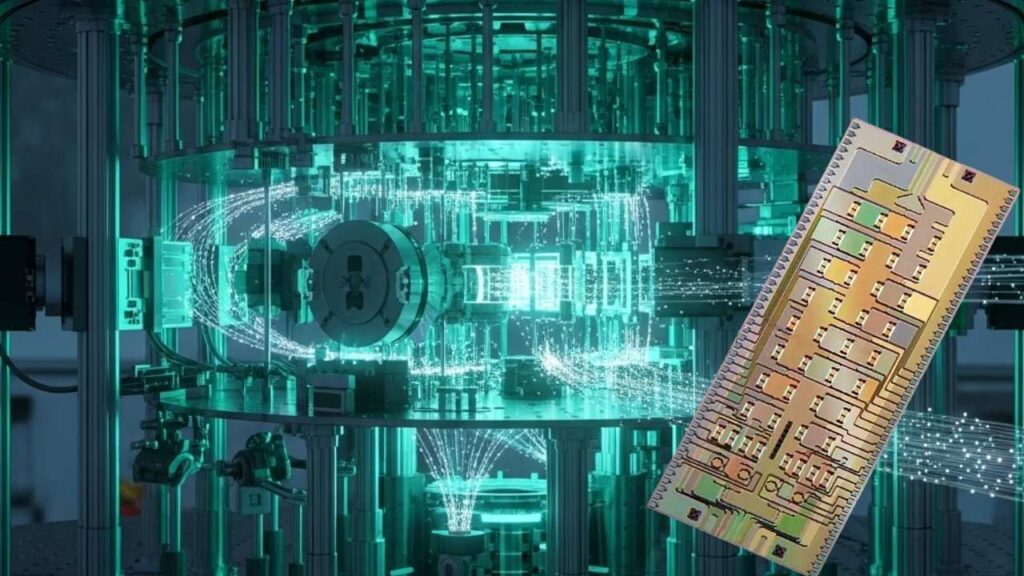
Why Photonics?
- Speed: Photons travel at the speed of light, making them ideal for ultra-fast information transfer.
- Parallelism: Multiple beams of light can cross paths without interfering, enabling massive parallel processing.
- Low Power: Photonic circuits generate less heat, which means they consume less energy—a crucial advantage as AI models grow larger and more power-hungry.
The Quantum Edge
Quantum mechanics allows photons to exist in multiple states at once (superposition) and to be linked together in special ways (entanglement). These features enable quantum computers to tackle certain problems much faster than classical computers.
The Breakthrough: Small-Scale Quantum Processors in Machine Learning
What’s New?
For years, the promise of quantum computing seemed distant, with practical applications expected only when massive, error-corrected quantum machines became available. However, a recent breakthrough by researchers at the University of Vienna and Politecnico di Milano has changed this narrative.
The Experiment
- Setup: The team built a photonic quantum chip with just two photons and six optical modes.
- Task: They used the chip to classify real-world data, such as distinguishing between different types of objects based on their features.
- Result: Even at this modest scale, the quantum chip outperformed advanced classical algorithms, such as neural tangent kernels (which underpin many modern AI systems).
Why Is This Important?
- Quantum Advantage at Small Scale: This result shows that you don’t need a giant quantum computer to see real benefits. Small, practical quantum chips can already provide an edge in specific machine learning tasks.
- Energy Savings: The photonic chip consumed far less power than equivalent electronic processors, addressing one of the biggest challenges in AI today.
How Do Photonic Quantum Processors Enhance Machine Learning?
1. Quantum Kernels: Unlocking New Patterns
In machine learning, a “kernel” helps computers find patterns by mapping data into a higher-dimensional space. Quantum kernels use quantum states (like those of photons) to map data in ways that classical computers can’t easily replicate.

Example:
Suppose you’re trying to separate apples from oranges based on color and size. A classical kernel might struggle if the differences are subtle. A quantum kernel, using the unique properties of photons, can map the data into a space where the separation becomes clear and easy.
2. Parallelism and Speed
Photonic processors can process many data points at once, thanks to the parallel nature of light. This is especially valuable for tasks like matrix multiplication, which are common in deep learning and notoriously resource-intensive.
3. Energy Efficiency
Data centers already consume about 1% of global electricity. As AI models grow, this figure is expected to rise sharply. Photonic quantum processors, by operating at lower temperatures and using less energy, offer a sustainable path forward.
Practical Advice for Professionals and Organizations
1. Stay Informed and Up-to-Date
Quantum machine learning is no longer just theoretical. Read journals, attend conferences, and follow updates from leading research institutions.
2. Identify Suitable Use Cases
Not every problem needs quantum power. Focus on:
- Complex pattern recognition (e.g., medical image analysis)
- Optimization problems (e.g., logistics, finance)
- Tasks where classical algorithms plateau
3. Prepare for Hybrid Systems
The near future will likely see hybrid systems that combine classical and quantum processors. Start evaluating your infrastructure for quantum readiness—consider partnerships with quantum hardware providers and cloud-based quantum services.
4. Invest in Training
Encourage your team to learn about quantum computing and photonics. Online courses, university programs, and workshops are increasingly available.
Educational Pathways: For Students and Educators
1. Build a Foundation
Start with the basics of quantum physics and optics. Free resources and interactive learning platforms make it easier than ever.
2. Experiment with Simulators
You don’t need a real quantum chip to start. Many platforms let you simulate quantum photonic circuits.
3. Think About Sustainability
As you design new AI models, consider their energy impact. Photonic quantum processors could be your ticket to greener, more efficient computing.
Real-World Applications: Where Can This Technology Make a Difference?
1. Healthcare
Medical Imaging:
Quantum-enhanced machine learning can help doctors spot tumors or other anomalies in medical images that might be missed by classical algorithms. Faster, more accurate diagnoses can save lives.
2. Finance
Fraud Detection:
Financial institutions process huge volumes of transactions. Quantum kernels can help identify subtle patterns of fraud that evade traditional systems, improving security and trust.
3. Logistics and Supply Chain
Optimization:
Quantum processors can tackle complex optimization problems, such as finding the most efficient delivery routes or managing inventory in real time.
4. Scientific Research
Drug Discovery:
Machine learning models powered by photonic quantum processors can analyze molecular data faster, accelerating the search for new medicines.
Step-by-Step Guide: How Photonic Quantum Processors Work in Machine Learning
Step 1: Data Encoding
- Data (like images, numbers, or text) is converted into quantum states using photons.
- Each photon’s properties—such as its path, polarization, or phase—represent different pieces of information.
Step 2: Quantum Processing
- Photons travel through a network of beam splitters, phase shifters, and mirrors on a photonic chip.
- Quantum effects like interference and entanglement allow the chip to process information in ways that are impossible for classical computers.
Step 3: Measurement
- At the end of the chip, detectors measure the photons’ states.
- These measurements are used to classify data points or make predictions.
Step 4: Output and Analysis
- The results are compared to those from classical machine learning algorithms.
- In recent experiments, photonic quantum processors have shown higher accuracy and efficiency, especially on complex tasks.
CO₂ to Methane Conversion Unlocked by Tweaking Nickel Nanoparticle Shape
Strange Memory Effect Found Controlling Quantum Atomic Motion on Metals
Bigger Molecules Now Proven to Extend Quantum Charge Flow Like Never Before
FAQs About Photonic Quantum Processors Show Enhanced Machine Learning Capabilities Even at Small Scale
Q1: What is a photonic quantum processor?
A: It’s a computer chip that uses light (photons) and quantum mechanics to process information, enabling faster and more energy-efficient calculations for certain tasks.
Q2: Are these processors commercially available?
A: Small-scale photonic quantum processors are being tested in research labs and some are available through quantum cloud services. Widespread commercial use is expected within the next decade.
Q3: Will quantum computers replace classical computers?
A: Not entirely. Quantum computers excel at specific tasks, but classical computers remain practical for most everyday applications. Hybrid systems are likely to become common.
Q4: How much energy do photonic processors save?
A: They can be 100–1000 times more energy efficient than traditional chips, especially for large-scale machine learning workloads.
Q5: Where can I learn more?
A: The Nature Photonics Journal is an excellent official resource for in-depth information.
Challenges and Limitations
1. Error Rates and Noise
Quantum systems are sensitive to noise and errors. While photonic processors are less prone to some types of interference, scaling up while maintaining accuracy remains a challenge.
2. Hardware Complexity
Building and controlling photonic quantum chips requires precision engineering and advanced materials. Progress is rapid, but manufacturing at scale is still being developed.
3. Limited Problem Scope
Quantum advantage has been demonstrated for specific machine learning tasks, but not all problems benefit equally. Ongoing research is needed to expand the range of applications.
The Road Ahead: Future Prospects
- Integration with Classical Systems: Expect to see more hybrid quantum-classical solutions, where each processor type tackles the problems it’s best suited for.
- Standardization and Accessibility: As the technology matures, expect more user-friendly tools, open-source libraries, and cloud-based quantum services.
- Sustainability: With AI’s energy footprint under scrutiny, photonic quantum processors could become a cornerstone of green computing initiatives worldwide.

